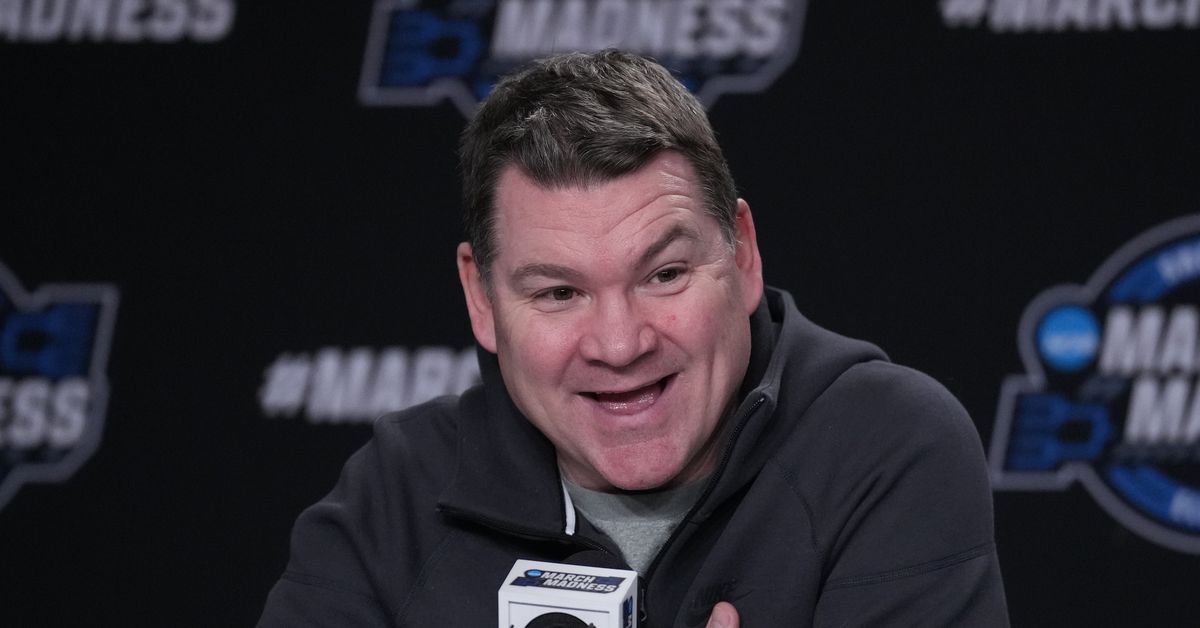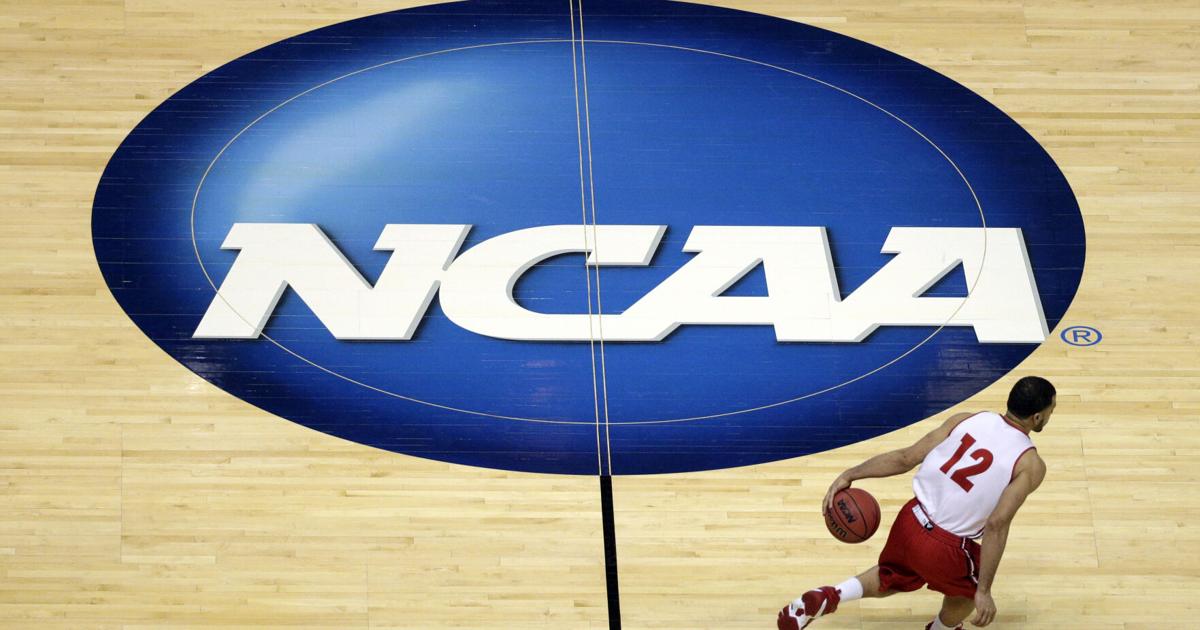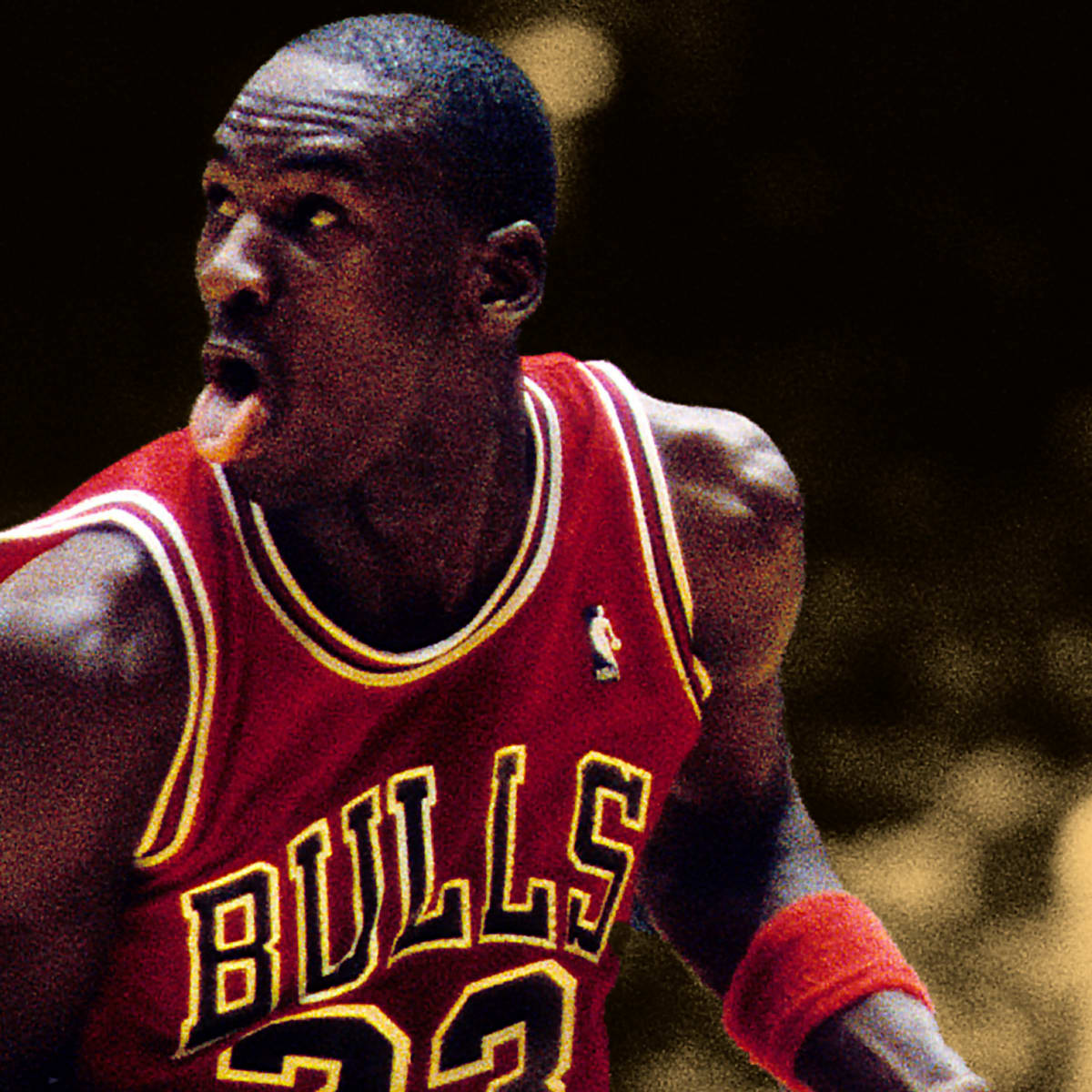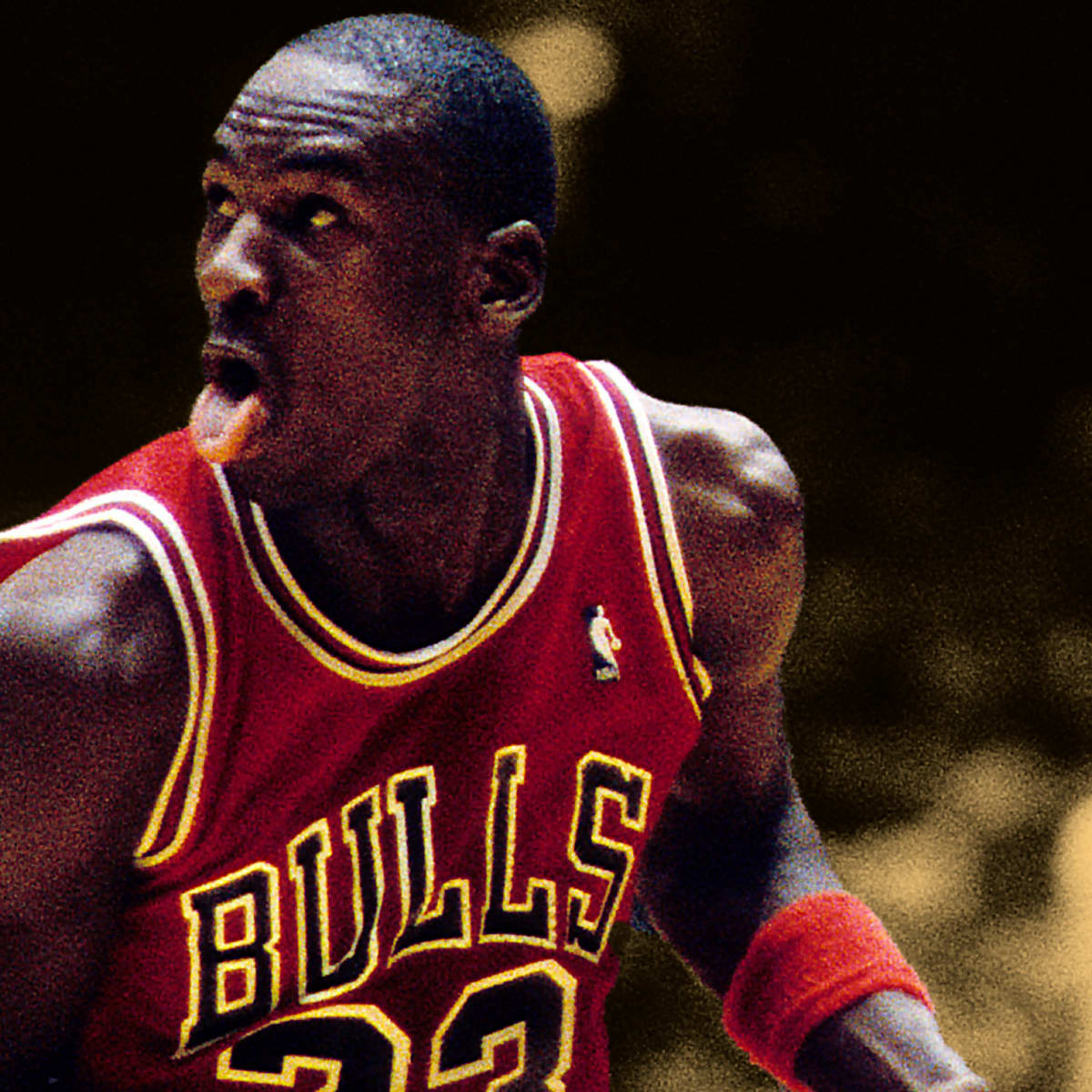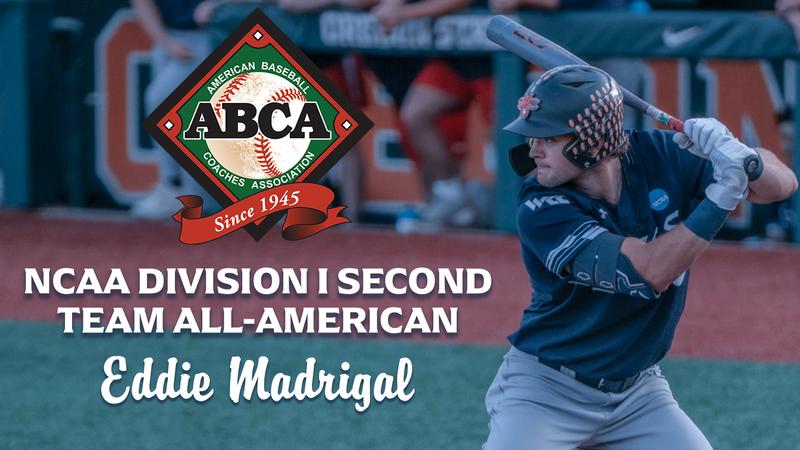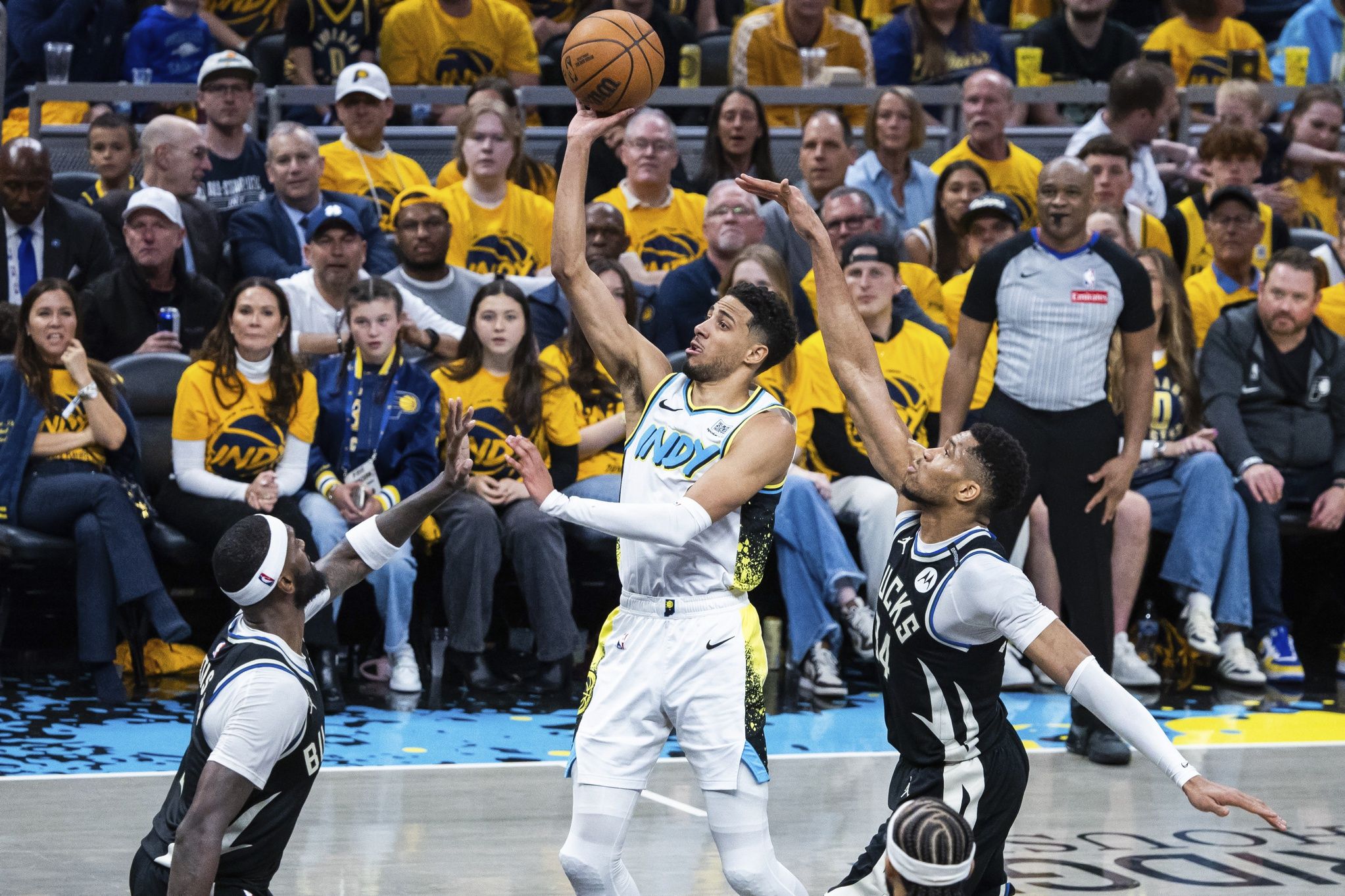
The NBA Finals are basketball’s ultimate competitive showcase, including the sneakers worn on the court. Historically, that’s been a showcase run predominantly by Nike, which includes a large roster of the NBA’s biggest and highest-profile players, in addition to still producing merchandise under the Jordan Brand and Kobe Bryant.
It’s impossible to watch the NBA without seeing the Nike influence. Nike is the league’s official uniform partner, so the logo is on every player, down to the socks.
The 2025 finals, however, aren’t about the biggest shoe brands. Indiana Pacers star Tyrese Haliburton used Game 1 to debut his first signature shoe with Puma: the Hali 1. Oklahoma City Thunder star and league MVP Shai Gilgeous-Alexander is signed to Converse, a subsidiary of Nike.
Two small-market teams are providing a big stage for shoe brands other than Nike and Adidas, which have dominated the conversation in basketball shoes for decades. Michael Jordan signed with Nike in 1984, setting the stage for its rise to the top. Adidas has a long basketball history, and has maintained the second spot in the market thanks to deals with the likes of James Harden, Damian Lillard and Tracy McGrady. Bryant also began his career with Adidas.
But as more athletes have sought more input and control over their brands, they are turning to brands without the mainstream clout, or they’re starting their own shoe lines.
After Haliburton hit a game-winning jump shot in Game 1, he brought a pair of his signature Puma sneakers to his postgame news conference. Decked out in all white with black sunglasses and a smile that stretched from ear to ear, Haliburton, who signed with Puma in October, placed the pink basketball shoes on the podium. As he took questions and cameras flashed, Haliburton seized the opportunity to showcase his new shoes.
Later, Haliburton tweeted an ode to a popular Air Jordan slogan. It was the perfect moment for a sneaker debut.
The greats have their own signature shoes. Bryant, Michael Jordan, Allen Iverson, Damian Lillard, James Harden and Kevin Durant are among the NBA’s top names from the past and present with signature shoe lines that have become part of on and off-court fashion.
For many years, the path to a signature shoe was having a brand like Nike or Adidas — another former league uniform partner — to sign the athlete and make him or her a part of the exclusive club of players with a signature shoe. There are additional ways to make that happen while also having a bigger say in the process and a bigger role with the company beyond wearing apparel.
In some cases, players such as Haliburton opt to go with companies looking to reestablish themselves in the market like Puma, which has leaned into nostalgia with Clyde Frazier, the first NBA player with a signature shoe when the Puma Clyde was released in 1973, and is finding ways to connect with a new generation with LaMelo Ball.
Haiburton’s playoff run couldn’t come at a better time for Puma.
“I heard many rumblings through my last year with my previous brand around brands that potentially could be interested in me, and Puma was a name that always came up,” Haliburton told The Athletic. “I didn’t know how I felt about it until I met them (and) got to know them better. I feel really good about it.”
Others have found homes with newer companies, such as Kyrie Irving with Anta. And it’s not just All-Star players. Cleveland Cavaliers wing Isaac Okoro has found a home with Holo and has a signature shoe.
Irving is one of the biggest names to step away from Nike. He and the company mutually parted ways in December 2023 amid controversy over his sharing an antisemitic film on social media. He signed with Anta in July 2024 and currently serves as the brand’s chief creative officer. The China-based company already had Klay Thompson among its signature athletes.
Irving said he enjoys the creative process, but he also values ownership of his ideas. Nike owned his logo, which meant his children couldn’t benefit financially from it. He’s happy to represent Anta and also see other players exploring ways to have a presence in the sneaker world.
He likened shoe contracts to a 360 music deal, when artists surrender profits from all streams of income, even those not related to music.
“Being able to redefine this basketball shoe design space or signature athlete space, it’s been a great ride, and I’m enjoying it,” Irving said during NBA All-Star Weekend. “You’re seeing others take the same blueprint, create their own, and more kudos to them. I feel like I’m an adviser at this point, too, because I’m not really in competition with my peers in the shoe space as much as people think.”
Jaylen Brown has been a critic of the sneaker industry and believes being left off the 2024 U.S. Olympic team was partly because of his critiques of Nike. Brown has worn Nike and Adidas, among other brands, in the NBA.
He chose to start his own company, 741 Performance, giving him control and ownership of what he wears.
“I’ve been the CEO of my company and the CFO since the season started, so I’ve been really busy,” Brown said in February. “But I did that on purpose so I can be able to explain to the next generation what it takes, how much time it takes, how much money. I’m very, very informed, and I can’t wait to share with the next generation.”
Okoro is one of those players actively practicing the lessons Irving and Brown want their peers to learn. Okoro said he was approached by Holo last year. He didn’t have a signature shoe, much less a company offering to allow him to have input, company equity and royalties for sales.
Okoro said signing with Holo was a “no-brainer.”
“Being able to actually be in the meetings and the discussions of how we would design the shoe, what colorways I want and just seeing the process of how shoes get designed was definitely eye-opening,” Okoro said.
Okoro is involved in more than designing. He tested his shoe to make sure it worked for him.
“Being able to actually put the shoes on and tell them this feels good, this doesn’t feels good (was important),” Okoro said. “Then them going back and actually fixing those problems and then coming back and giving me the shoe again … it actually fits perfectly and feels great to play in. Also, just getting all the nicks and stuff out of it.”
This generation isn’t the first to go against the grain in signing shoe deals. During the 1980s, when Converse was the top shoe, James Worthy signed with New Balance in ’82 and had the company’s first signature basketball shoe and a deal worth $1 million.
Hakeem Olajuwon signed with Etonic in 1984 for something “fresh” when Converse or Nike seemed like logical choices, given he was the first pick in the NBA Draft, followed by a deal with L.A. Gear. He later had a shoe deal with Spalding, the company best known for making basketballs, which released the shoe in 1995. Olajuwon wanted to offer an affordable shoe option with Spalding at a time when there were reports of deaths involving sneaker thefts.
Shaquille O’Neal had a signature shoe with Reebok but still managed to produce a more affordable line of his own, Shaq shoes. Stephon Marbury also bucked tradition with his affordable Starbury shoes. Dwyane Wade established a partnership with Li Ning, something other players have done, as well, including Golden State’s Jimmy Butler and D’Angelo Russell.
Steph Curry left Nike to become Under Armour’s signature basketball player in 2013. Instead of being one of many Nike players, he became the top player for Under Armour and would have a signature shoe. By 2015, he was an NBA champion and one of the league’s premier superstars. Curry is now president of Curry Brand, which signed De’Aaron Fox as its first signature athlete in October 2023.
Kawhi Leonard left Nike for New Balance and has become a face of its basketball division. Cameron Brink, the No. 2 pick in the 2024 WNBA Draft, signed with New Balance to become the first woman to sign with the brand.
All-Stars Joel Embiid and Julius Randle both play in Skechers. The Denver Nuggets duo of Nikola Jokić and Aaron Gordon and Dallas Mavericks guard Spencer Dinwiddie all have shoes through 361 Degrees. Los Angeles Lakers guard Austin Reaves has a signature shoe with Rigorer.
Reebok is working its way back into the mix after being acquired by Adidas in 2005. Reebok was sold to the Authentic Brands Group in 2021. O’Neal and Iverson are still the biggest names associated with basketball shoes; O’Neal serves as president, and Iverson is vice president.
Much of what Reebok is doing to make a dent in the industry is included in the Netflix docuseries “Power Moves with Shaquille O’Neal.” Reebok is trying to find the next big star, similarly to what Puma has done for Haliburton this month. Reebok has signed two top WNBA players in Angel Reese and DiJonai Carrington and is trying to make inroads in the NBA with high-flying Chicago Bulls rookie Matas Buzelis and potential risers like G Leaguer Dink Pate and Tennessee Volunteers signee Nick Ament. Reebok CEO Todd Krinsky told The Athletic that Reese’s signature shoe would be released later this season, and the plan is to grow with emerging young players.
“The players that we’ve signed, like Nate Ament and Matas, these are young kids that we really feel speak to who we want to be as a brand,” Krinsky said. “We didn’t want to go out right away first day and sign some big NBA player. We wanted to connect a little more emotionally with some of the work you’re seeing, have younger players wear the product first and then start to build the roster. We’re hoping that a lot of the young players we’re signing: grow with us and become big NBA players. But we’re in year one of a pretty long journey, and the goal was to be young.”
The same could be said of Converse, which is owned by Nike. Before Nike’s ascension, Converse was a top brand. It’s the shoe Worthy wore when playing for North Carolina. It had the classic 1986 commercial featuring Magic Johnson, Isiah Thomas, Kevin McHale, Mark Aguirre, Bernard King and Larry Bird, the NBA MVP. It’s also had relationships with league players such as Wade and Dennis Rodman, but Gilgeous-Alexander is giving the brand a modern-day elite-level talent to carry it.
Puma had a presence at NBA All-Star Weekend with Ball and his Teenage Mutant Ninja Turtles-themed collection, but it couldn’t ask for a bigger spotlight than what it has with Haliburton, who has raised his profile with last-second, game-winning shots in each round of the postseason, including Game 1 of the finals.
“We had a great dinner, great meeting. (Footwear designer) Salehe Bembury is the new head of creative for basketball, and he obviously has a very big following and is well-knowledged in the game of sneaker designing,” Haliburton said. “For him to bring that mindset where he’s had so much success into basketball, and I was going to be his first basketball shoe, that was really exciting for me. I think that was appealing.
“For me, I wanted to go somewhere I was valued, and I think Puma from the jump just showed how much they valued me.”
For Haliburton, being empowered to be a part of the creative process in designing the sneaker, as well as everything being an extension of his personal basketball story, was important. His involvement in the design can be seen in the unique rounded edges of his “TH” and “Hali” logos, in addition to the hibiscus pink colorway.
“There’s a bunch of different colorways that we have in our planning moving forward, but the pink was important to me because my first pair of real basketball shoes, my first organized pair, was a pair of pink basketball shoes,” Haliburton explained. “That was, like, fourth grade, at a time where wearing pink shoes wasn’t a thing. ‘Hey, that’s the kid who wears pink shoes.’ … We wanted to do something that was kind of a nod.”
Haliburton said he wanted everything about his debut shoe to be “different,” and he feels the switch to Puma allowed him to do so. Doing things differently has worked for Haliburton.
For other players daring to be different, there are now more ways than ever to carve out a niche in the sneaker world.
(Photo of Tyrese Haliburton: David L. Nemec / NBAE via Getty Images)
0








